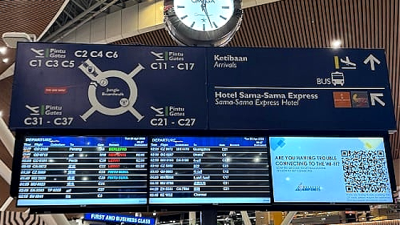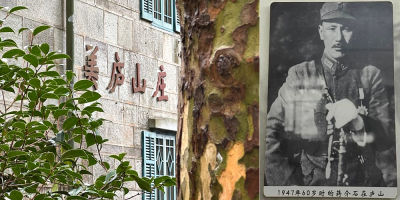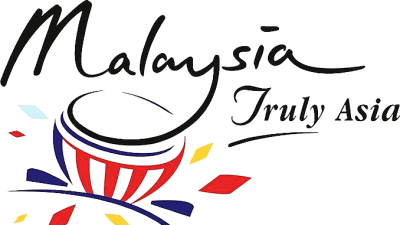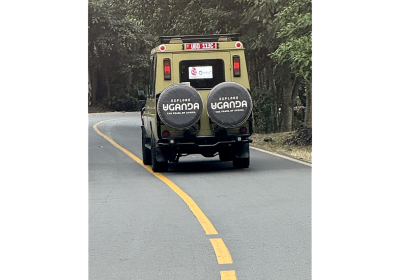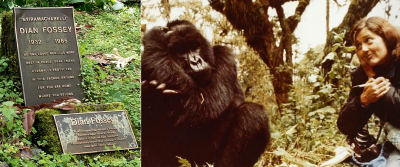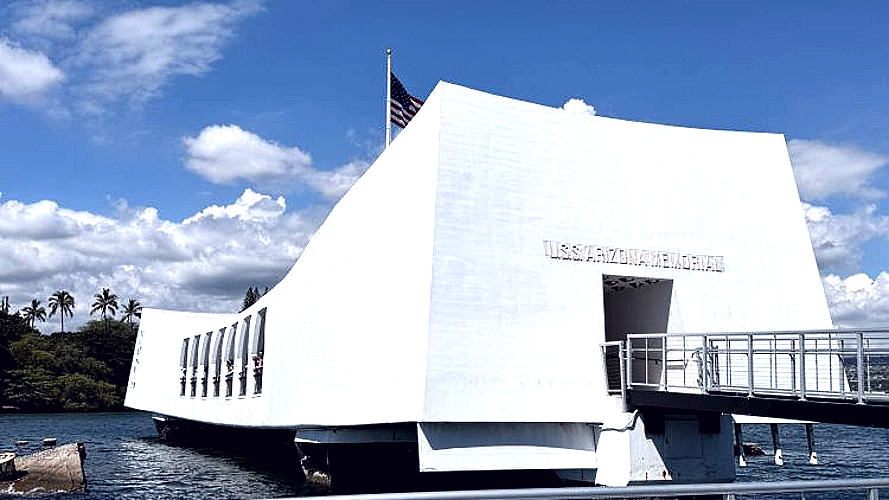
Hawaii became the 50th state of the United States of America in 1959. However, the ecosystem and ethnic customs here are totally different from those of Mainland USA.
There are very few Whites here, and vicious political tussles are practically unheard of. In its stead, the islands are known globally for their pristine beaches, sun and bikini, not to mention the “Pearl Harbor.”
On the second day of the Year of the Dragon, I arrived in Honolulu, and that was when I first came to realize that underneath the soil of Hawaii, there lies a truly great man — General Chang Hsueh-liang.
Without Chang, there wouldn’t have been New China and New Asia, so said history analysts. So, my travel buddies and I decided to pay tribute to this great man now lying in peace at a hillside cemetery overlooking the ocean. What I couldn’t quite understand was: why did Chang choose Hawaii as his final resting place?
We all know that Hawaii is a land frequented by natural disasters such as earthquakes, volcanic eruptions and tsunamis, and that doesn’t make any good fengshui at all, right?
But, you cannot deny that Barack Obama was born at Kapiʻolani Medical Center right here in Honolulu in 1961. He later completed his studies at the city’s most expensive private Punahou School, and onward to become the country’s first African American president of two terms!
That’s not all. That Punahou School also bred another great man. Ready for it? The provisional president of the Republic of China Dr. Sun Yat-sen! Incredible, right? Who would have thought that Hawaii has produced so many great world leaders?
Captain James Cook, the world-famous explorer, discovered the Hawaiian Islands in 1778. Unfortunately, he was killed in Kona on Hawaii’s “Big Island” in a conflict with the natives the following year. What he never imagined is that Hawaii today has been transformed into something completely unrecognizable, following his discovery!
As a matter of fact, the Polynesians were the earliest inhabitants of the islands, and following James Cook’s visit, European and Asian immigrants started to flock here, and the Kingdom of Hawaii was subsequently established. In 1900, it fell into the hands of the Americans.
On the fateful morning of December 7, 1941, several hundred Japanese fighter aircraft swooped over Hawaii’s Pearl Harbor, marking the Black Monday that prompted the US’ direct involvement in the Second World War.
Hawaii lies 3,700 kilometers from Mainland USA, and 6,200 kilometers from Japan. And I really have no idea how Marshal Admiral Isoroku Yamamoto managed to attack Pearl Harbor so stealthily from so far away, and was vastly successful in doing that!
As for Yamamoto, he didn’t have a good ending, being killed in an ambush while flying at night in China.
The travel buddies asked me out of curiosity: wasn’t it that most of the residents in Hawaii in 1941 were Japanese? Many Japanese people must have been killed or injured in Yamamoto’s bombing!
It was said that back then Japan had planned to take over Hawaii once the Pacific war was won, but we all know that this never happened! Meanwhile, the relationship between Japan and the islands used to be highly intricate but is now close-knit.
In Honolulu, I couldn’t wait to rush to the site to have a close encounter with that earth-moving ambience 83 years back. I boarded the ferry at Pearl Harbor, and set foot on USS Arizona Memorial.
Surprisingly, I was emotionally unperturbed while treading on a site of such immense historical significance, as images of the warship’s sinking by the Japanese that downed the 1,177 troops aboard the ship popped up in my head. Well, not really! At least I admit that there was a tiny stream of melancholy trickling in that instant!
While there are causes and effects in any international conflict, I was thinking: must the vengeance go on and on forever?
I later had the opportunity to board the adjacent decommissioned warship, USS Missouri, stepping back in time to that epoch-making day of September 2, 1945, when General Douglas MacArthur signed on behalf of the Allies the Japanese Instrument of Surrender with the representatives of the Japanese Emperor in Tokyo Bay.
The signing of this Instrument of Surrender marked a moment of peace redeemed with the blood of over 70 million earthlings around the world!
I really wished to ask: had they known the eventuality, would they still stubbornly wage a destructive war that exterminated so many innocent lives?
The two world-famous ships that marked the start and end of the Second World War have both had their final resting places in Hawaii’s Pearl Harbor, reminding the world that we really need to look back at human follies in the past.
But ironically, Pearl Harbor as the home port of US aircraft carriers with over 50,000 troops stationed there, we were shocked to see the gigantic USS Abraham Lincoln ready to head to the whirlpool of presumably another world war, after a supply stop in Pearl Harbor!
Honolulu is also the place where Dr. Sun Yat-sen studied and lived. Later, with the strong support of his landowner brother Sun Mei, he eventually took down China’s last imperial dynasty, and rewrote the global political order, starting from Honolulu’s Chinatown to eventually become known as the Father of Modern China!
Time has changed! Today, Hawaii has metamorphosed into a dazzling destination that has lured countless globetrotters from across the planet to its many irresistible charms.
P/S: This piece was written at the Kona Joe Coffee Estate on Hawaii’s Big Island, while I was sipping the fabulous Kona latte and gazing at windsurfing travelers in the distance. I was thinking: we are all living in the same Global Village, so please, don’t dye the Pacific Ocean red with the blood of our fellow humans!
(Lee San is Founder and Group Executive Chairman of Apple Vacations. He has traveled to 132 countries, six continents, and enjoys sharing his travel stories and insights. He has also authored five books.)
ADVERTISEMENT
ADVERTISEMENT






